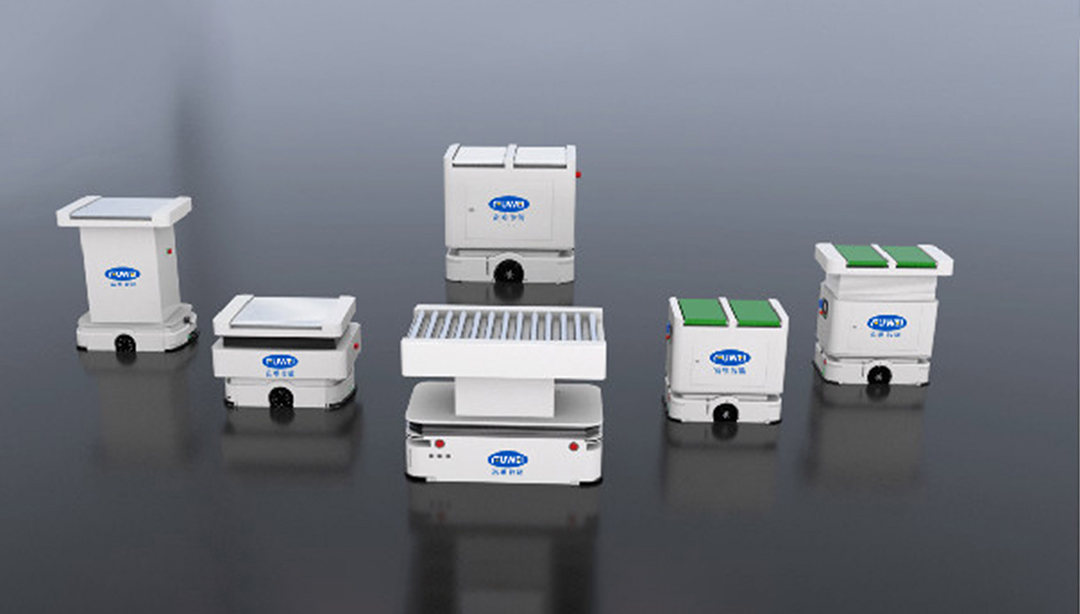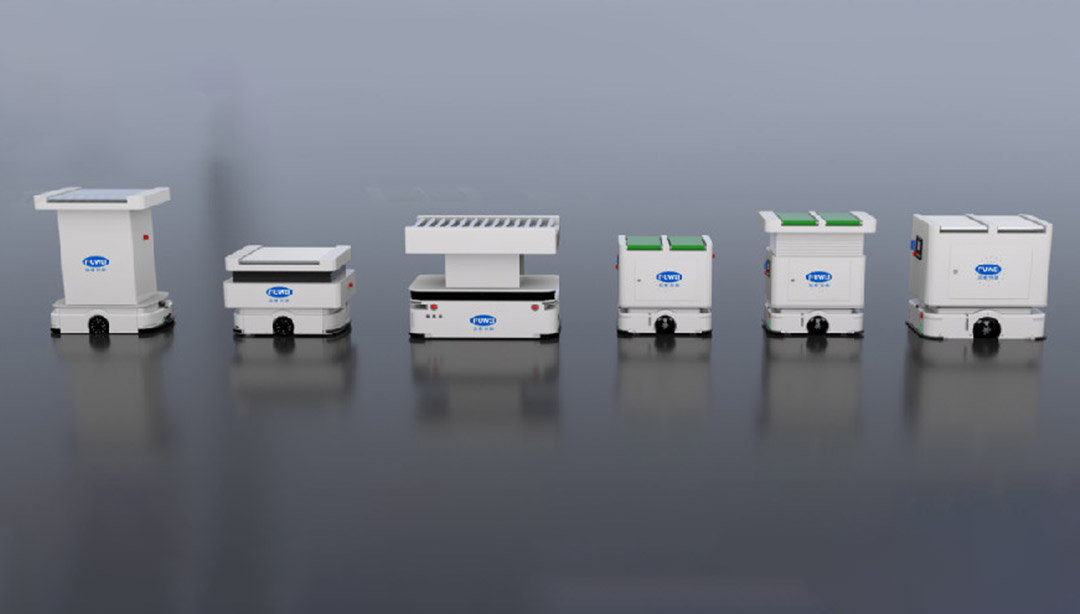In today's society, with the continuous development of science and technology, robots have gradually integrated into our lives. Among them, as a rookie in the logistics industry, the transport robot is attracting wide attention for its efficient and intelligent characteristics.
Transfer robot refers to a robot capable of handling and transporting goods autonomously. They usually have intelligent navigation, item recognition, autonomous obstacle avoidance and other functions, and can quickly and efficiently complete the transfer of goods in warehouses, factories, hospitals and other scenarios.
First, compared with the traditional manual handling, the transport robot has the following significant characteristics:
1. High degree of autonomy
Equipped with advanced sensors and navigation systems, they are able to achieve autonomous path planning and obstacle avoidance without the restrictions of human intervention, greatly improving work efficiency.
2, high-precision item identification ability
With the help of technologies such as visual recognition and deep learning, they can accurately identify items of different shapes and sizes, and carry out reasonable handling operations according to demand, reducing the risk of human error.
3. High flexibility and adaptability
They can be freely combined and scheduled according to the needs of different scenarios, adapt to various working environments, and improve the overall efficiency and flexibility of the logistics system.

Second, the transport robot application field
As an emerging force in the logistics industry, transport robots have been widely used in many fields.
1. Warehousing and logistics
In large warehouses, traditional manual handling is often inefficient and error-prone, while transfer robots can achieve fast and accurate cargo transfer through intelligent navigation and item identification technology, greatly improving the efficiency of warehousing logistics.
2. Manufacturing field
In the traditional production line, the handling of materials often requires a lot of manpower input, and is prone to fatigue and misoperation. After the introduction of transfer robots, it can not only reduce labor costs, but also improve the stability and safety of the production line.
3. Medical field
In the hospital, the transfer robot can help the medical staff to quickly send medical equipment, drugs and other items to the designated place, reducing the workload of manual handling and improving the work efficiency of the hospital.

Third, the future development trend of transport robots
With the continuous development of technologies such as artificial intelligence and machine learning, the intelligent level of transport robots will be further improved. They will be able to more accurately identify items and plan routes, adapting to more complex and changing work environments. In addition to warehousing and logistics, manufacturing and medical fields, transport robots are also expected to be widely used in retail, catering and other industries.
As a new force in the logistics industry, transport robots are gradually changing the face of traditional logistics with their efficient and intelligent characteristics. It is believed that with the continuous progress of science and technology, transport robots will play an increasingly important role in the field of logistics, bringing more convenience to our lives.